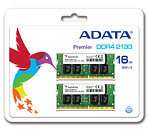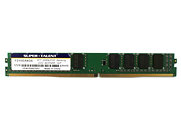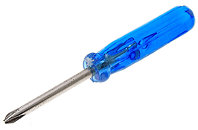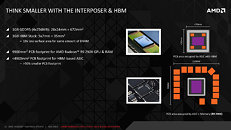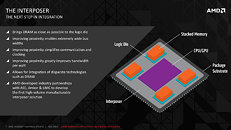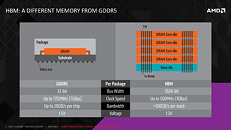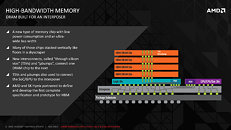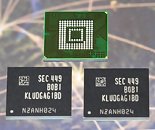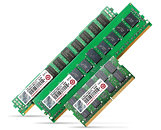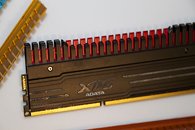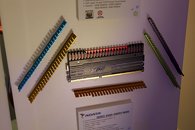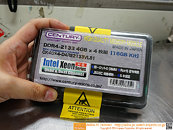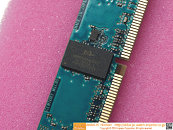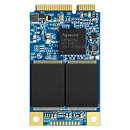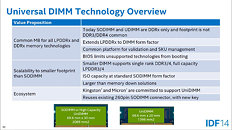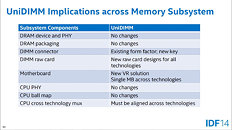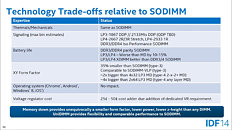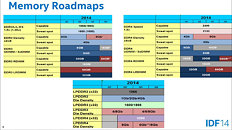
JEDEC Publishes Universal Flash Storage (UFS) Removable Card Standard
JEDEC Solid State Technology Association, the global leader in the development of standards for the microelectronics industry, today announced the publication of JESD220-2 Universal Flash Storage (UFS) Card Extension Standard. The new removable memory card standard standardizes functionality that aligns with the popular UFS embedded device standard. JESD220-2 is available for free download from the JEDEC website.
UFS is a high performance interface designed for use in computing and mobile systems such as smart phones and tablets where power consumption needs to be minimized. Its high speed serial interface and optimized protocol enable significant improvements in throughput and mobile system performance. The new UFS card standard provides a leading-edge removable storage solution while maintaining sequential and random IOPS performance that is critical for future mobile markets. Even using a single lane the UFS 1.0 card offers 600 MB/s interface speed in both directions and a state-of-the-art queuing mechanism to further increase system throughput.
UFS is a high performance interface designed for use in computing and mobile systems such as smart phones and tablets where power consumption needs to be minimized. Its high speed serial interface and optimized protocol enable significant improvements in throughput and mobile system performance. The new UFS card standard provides a leading-edge removable storage solution while maintaining sequential and random IOPS performance that is critical for future mobile markets. Even using a single lane the UFS 1.0 card offers 600 MB/s interface speed in both directions and a state-of-the-art queuing mechanism to further increase system throughput.




